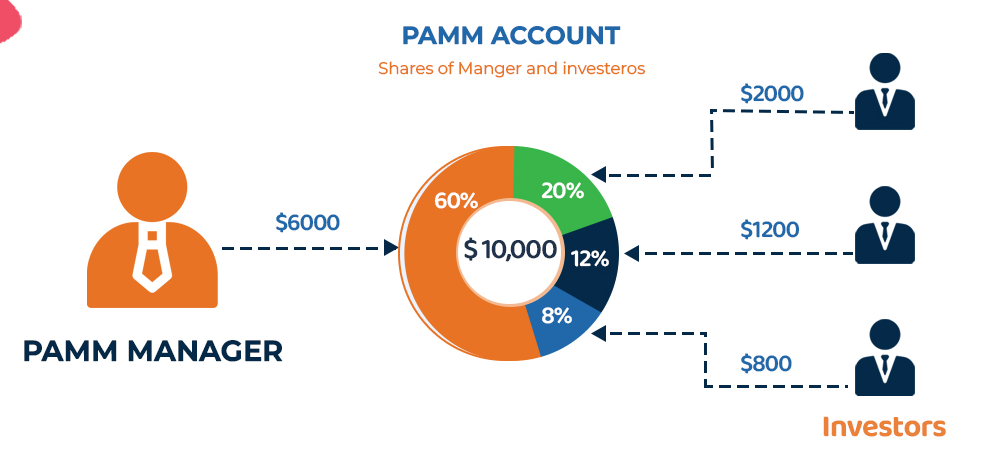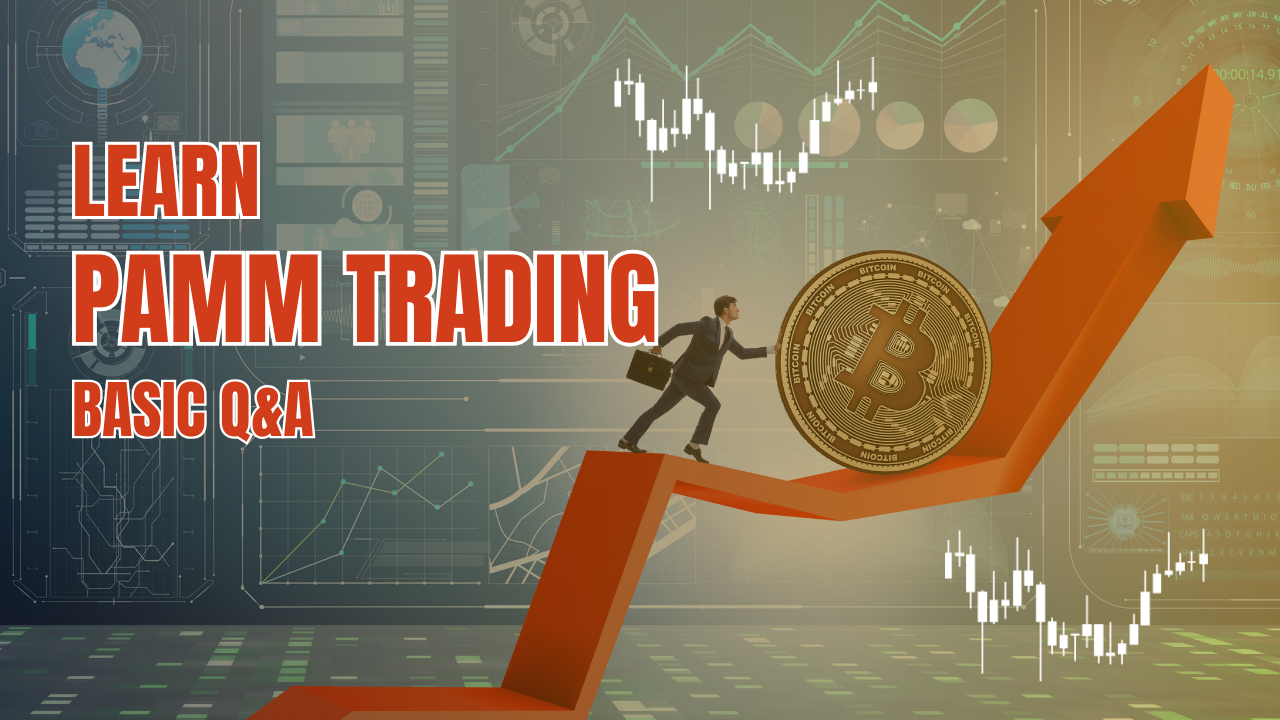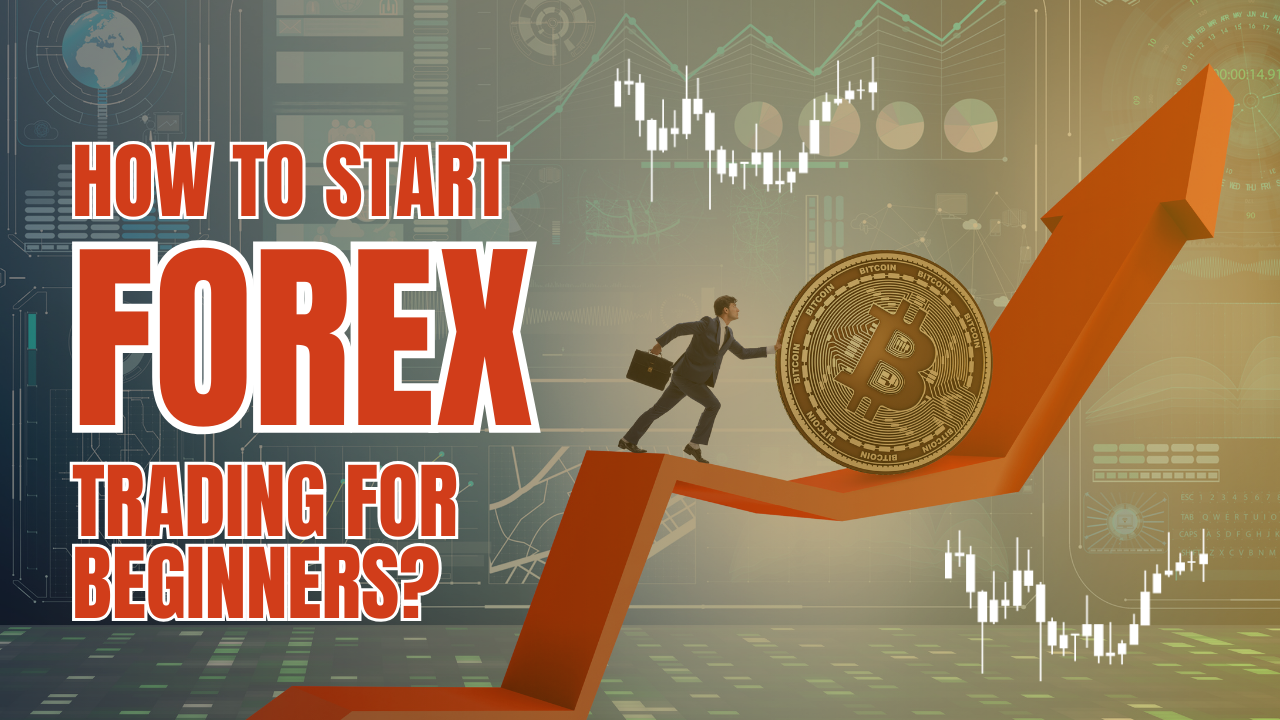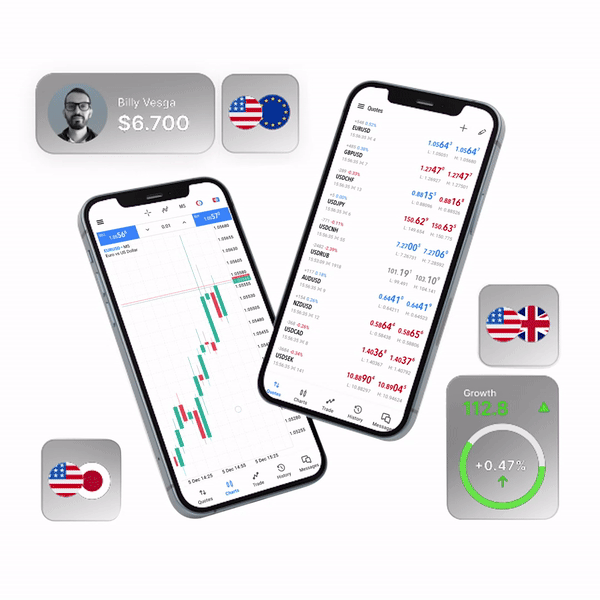In the first half, US stocks fell by the most since more than 50 years
The first half of the year for US stocks was the worst in more than 50 years as a result of a collapse that was started by the Federal Reserve’s attempt to stop persistent inflation and accelerated by growing fears about global growth. The S&P 500 dropped 0.9% on Thursday, bringing the blue-chip index’s decline in the first half of 2022 to 20.6%. Since 1970, when stocks fell as a result of a recession that put a stop to the longest stretch of economic development in American history, Wall Street stocks have not had a year’s start as severe.
According to Bloomberg data on the S&P 1500 index, a larger measure that encompasses small, mid, and large-cap groups, the decline in US stocks has wiped out more than $9 trillion in market value since the end of 2021. The likelihood of recessions in the US and Europe is the dominant market concern, according to Bastien Drut, strategist at Paris-based asset manager CPR. The days of being able to rely on central banks loosening monetary policy to assist economic development are “gone,” he continued, describing the situation as “extremely gloomy.”
The NASDAQ Composite, which is heavily weighted toward technology, has also fallen this year; on Thursday, it lost 1.3%, bringing its losses for the year to roughly 30%.Except for energy stocks, which are up 29% over the past six months, every sector of the S&P 500 has declined. The equities in consumer discretionary companies have dropped the greatest, by 33%. Utility equities, which are viewed as inflation hedge since businesses are better able to pass on increasing costs to customers, have suffered the least this year, down just 2%.
Paul Leech, co-head of global equities at Barclays, claimed that “everything has been highly inflation-driven.” It has been the recurring theme of the year and has truly just gotten worse. Large stock indices have dropped significantly all throughout the world. The Stoxx 600 index for Europe fell 1.5% on Thursday, bringing its yearly loss to almost 17%. In terms of dollars, the MSCI index of the Asia-Pacific markets has fallen 18% in 2022.
Leading policymakers cautioned that the period of low interest rates and moderate inflation had ended following the inflation shock brought on by Russia’s invasion of Ukraine and the coronavirus epidemic on Wednesday at the European Central Bank’s annual conference. Fed Chair Jay Powell has cautioned that the US may experience substantial and frequent price increases that policymakers may find difficult to control if the central bank does not swiftly boost interest rates high enough to combat inflation. The most pain would come from neglecting to confront this high inflation and allowing it to become entrenched, he continued.
Interest rate increases from the Fed and Bank of England have alarmed the markets this month. The Fed increased the federal funds rate by 0.75 percentage points to a new target range of 1.5 to 1.75 percent, and officials have hinted at another significant rate increase for next month. For the first time since 2011, the ECB is also planning a July quarter-point increase.
According to Scott Chronert, US equities analyst at Citigroup, “stubborn inflation readings have provoked an increasingly hawkish Fed response, pushing the policy focus to battle inflation despite potential economic consequences.” Investors are understandably reluctant to purchase due to the Fed’s continuous rate hikes and their concern over resetting earnings expectations. On Wednesday, Citi decreased its S&P 500 year-end projection from 4,700 to 4,200 points. Although the new aim would represent an increase of about 11% above the benchmark’s current level, bank experts also put the likelihood of a worldwide recession at 50%.











